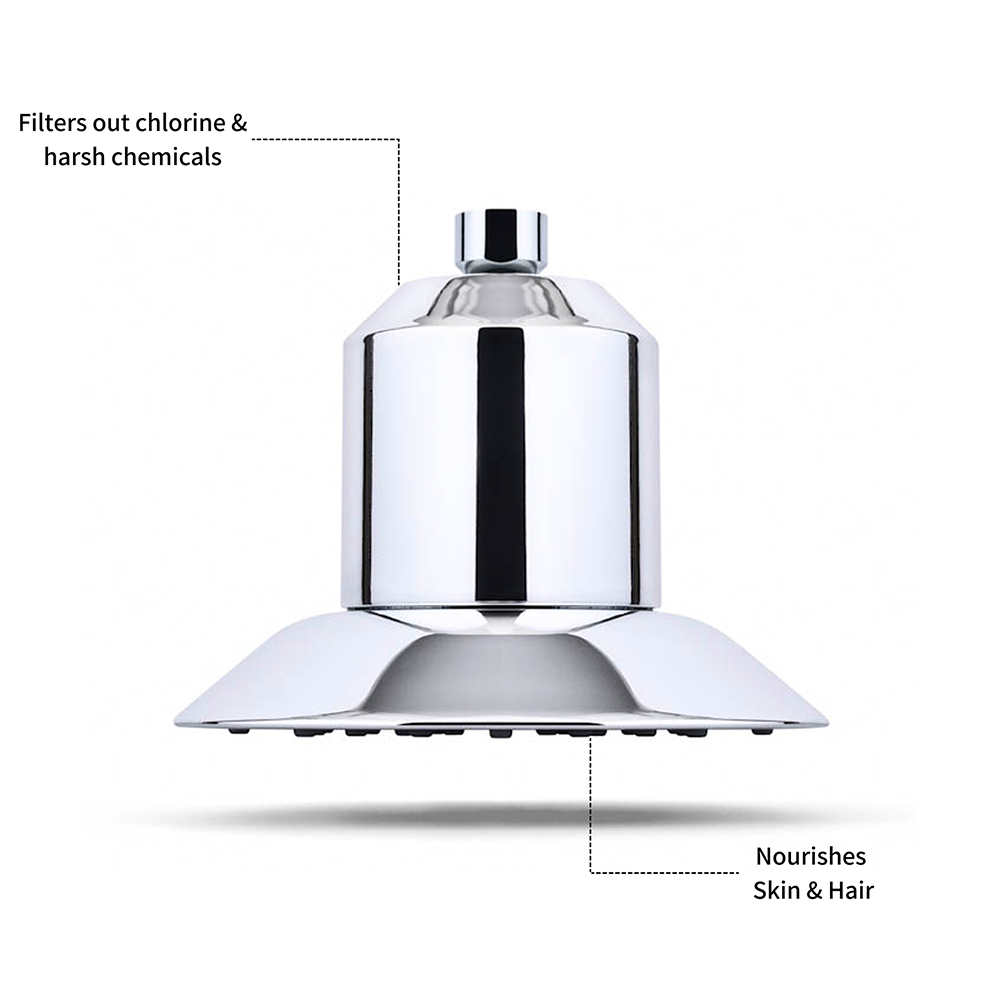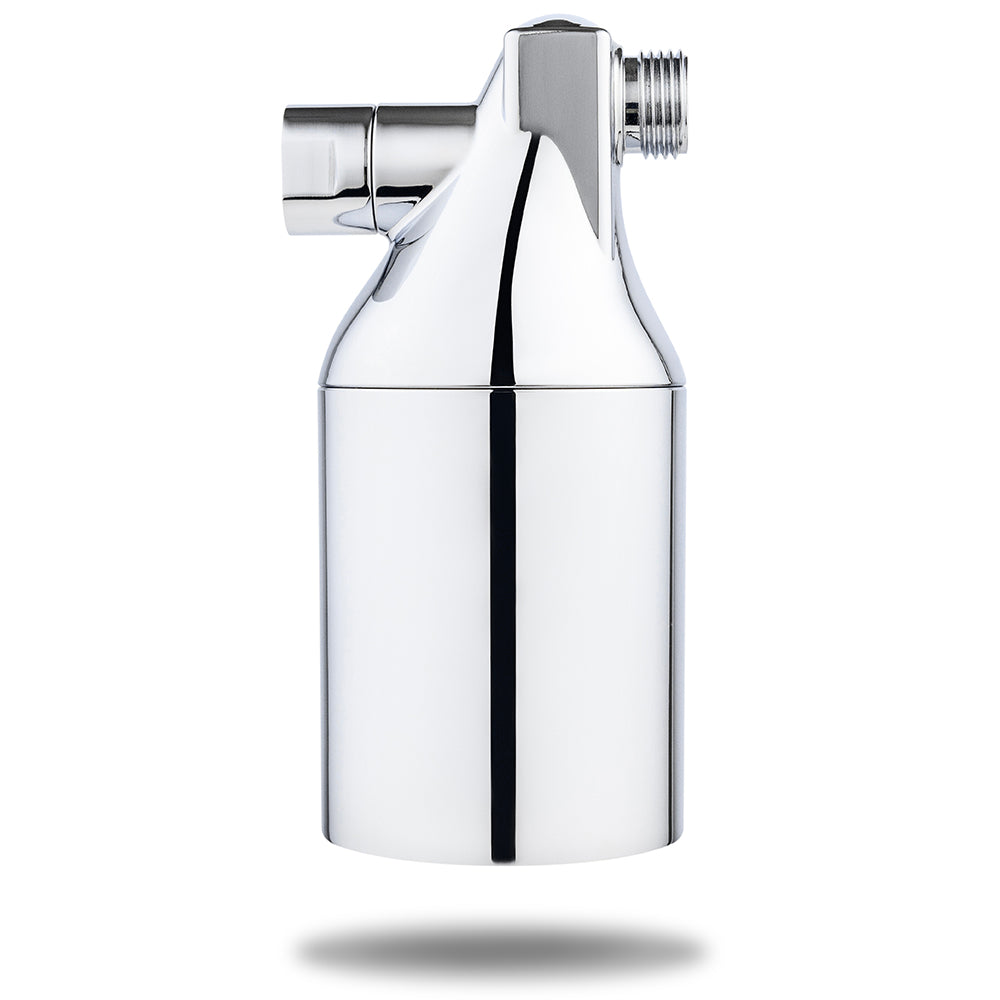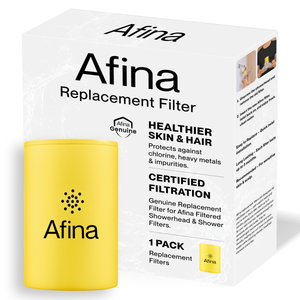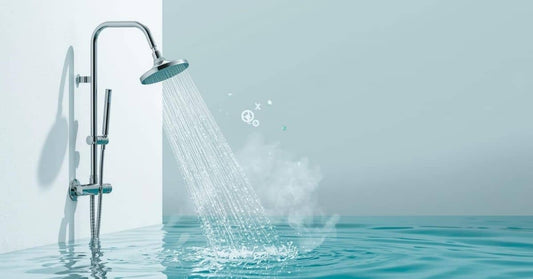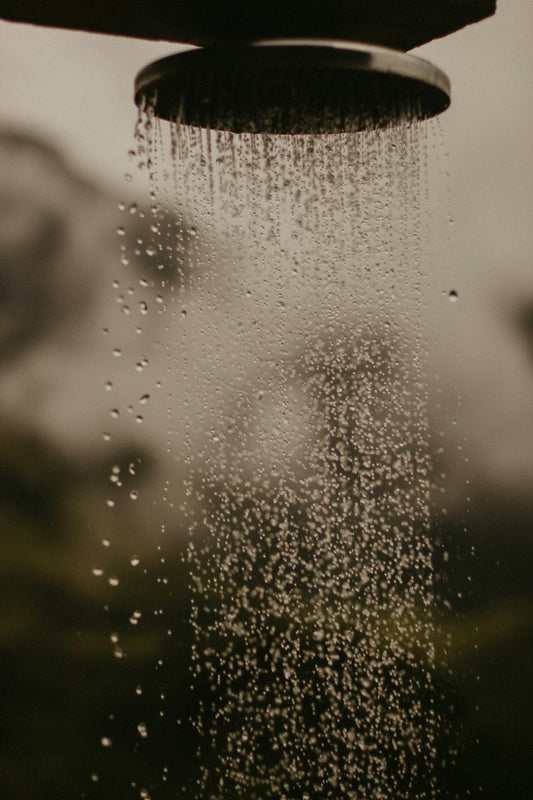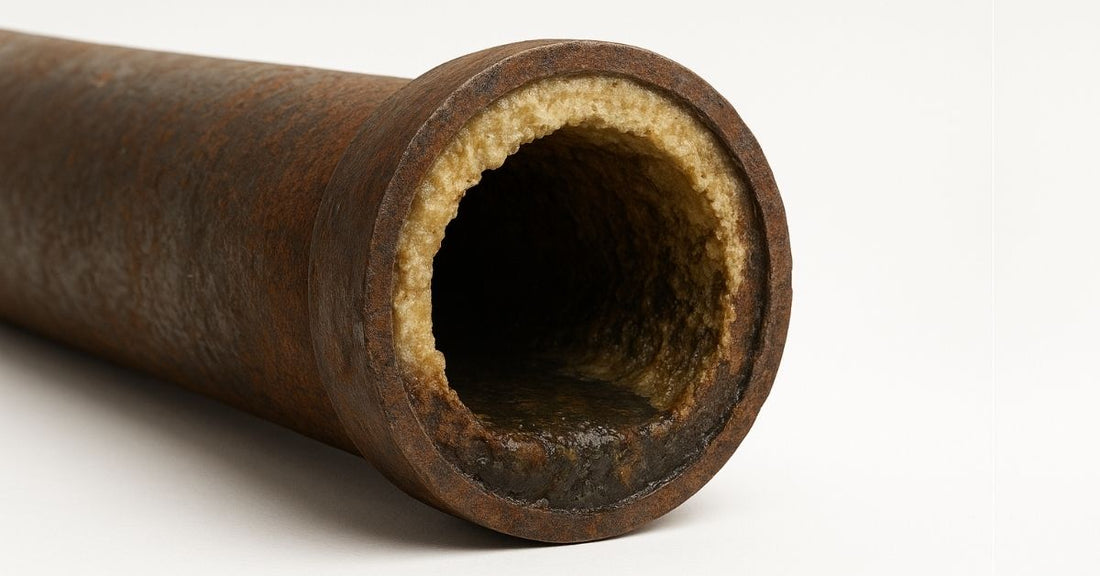
What’s Hiding Inside Your Water Pipes?
 Katherine Schneider
Katherine Schneider
When a 140-year-old steel pipe burst in Paterson, New Jersey, nearly 200,000 people were told to boil their water before using it. 😲 Residents saw the reality of what had been flowing beneath their streets for decades.
Rust, mineral sludge, and sediment that had been building up for generations were suddenly in the open. Your pipes might not be that old, but here’s the truth most people never think about: the water pipes delivering water to your home can be several decades old. Many have never been cleaned. Every drop you use passes through whatever is clinging to the inside walls.
So what's lurking inside your water pipes?

1. Mineral Buildup
Water naturally contains minerals like calcium and magnesium. Over time, these leave behind thick layers of limescale that cling to pipe walls. This buildup narrows the opening, slows water flow, and creates a rough surface where even more debris sticks.
- Thick calcium and magnesium deposits
- Limescale layers that trap other contaminants
- Reduced water pressure from narrowed pipes
- Rough surfaces that encourage more buildup

2. Rust and Corrosion
Metal pipes, especially those made from iron or galvanized steel, corrode as they age. Rust flakes can break off and end up in your shower water, causing discoloration or a metallic taste. Corrosion also weakens the structure of pipes, increasing the risk of leaks and breaks.
- Reddish or brown water from rust
- Metallic taste or odor
- Weakened pipe walls prone to leaks
- Rust particles mixing into tap water

3. Biofilm: The Slimy Truth
A microscopic “slime city” can form inside your pipes. This biofilm is made of bacteria, fungi, and other microorganisms that cling to the surface. While some bacteria are harmless, others can cause illness. Once biofilm takes hold, it can release pathogens into the water supply without you knowing.
- Slimy layer of bacteria and fungi
- Can harbor harmful pathogens
- Often invisible to the naked eye
- Can affect taste and odor of water
- Difficult to remove once established

4. Sediment and Debris
Tiny grains of sand, dirt, and sediment can settle in pipes, especially after repairs or water main breaks. These particles add to the buildup and create a perfect hiding place for bacteria.
- Sand, dirt, and silt particles
- Debris from pipe repairs or breaks
- Cloudy or gritty tap water
- Can clog fixtures and filters
How This Affects Your Water
The buildup inside pipes changes more than just the look of your water. Even if it appears clear, it can carry microscopic contaminants that impact safety, taste, and smell.
- Brown, yellow, or cloudy water from rust or sediment
- Metallic, earthy, or musty tastes from contamination
- Invisible particles or microorganisms in otherwise clear water
- Unpleasant chlorine or chemical odors amplified by biofilm
- Reduced water pressure due to mineral and debris blockages
How It Affects Your Hair and Skin
What’s in your water doesn’t just stay in the pipes; it ends up on your body every time you shower. Contaminants, minerals, and chemicals can alter the appearance and feel of your hair and skin.
- Dry, flaky skin from minerals that strip natural oils
- Dull, brittle hair that breaks more easily
- Irritated scalp or increased dandruff from mineral buildup
- Faster fading of hair color due to harsh water chemistry
- Worsened eczema, acne, or other skin sensitivities
The Afina Solution
The Afina shower head filters out particles and impurities before they ever touch your skin or hair. That means cleaner, safer water for your showers and a little peace of mind every time you turn on the tap.
Bottom line: Your pipes might be out of sight, but they should not be out of mind. Protect yourself from what is lurking inside with Afina.
